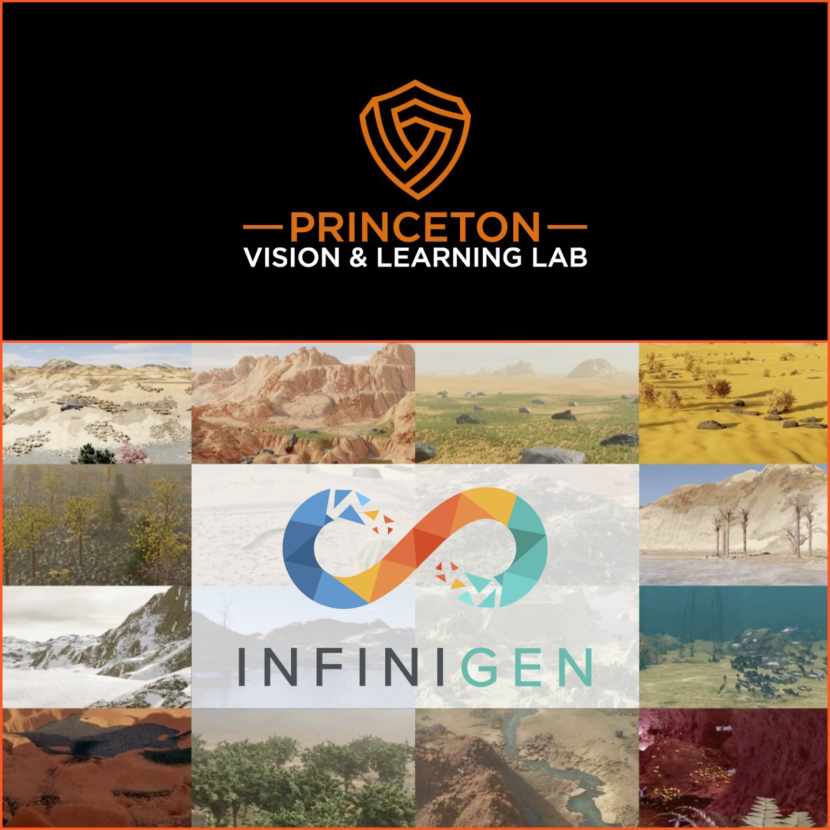
Researchers at Princeton Vision & Learning Lab have released Infinigen, an intriguing free tool for generating procedural 3D environments, including terrain, plants, and creatures.
The software, which is available to compile from source, is based on Blender, and so should export be able to assets in any format that Blender can, use in other DCC applications or game engines.
Generate 3D terrain, plants, and creatures based on a set of procedural rules
Developed as part of the research paper Infinite Photorealistic Worlds using Procedural Generation, Infinigen generates 3D environments procedurally using “Math rules only. Zero AI. Just graphics.”
It modifies Blender primitives into environment assets via a library of procedural rules, organized into readymade generators for different asset types.
There are generators for terrain, plants (and plant-like underwater objects like coral), and even creatures, including carnivores, herbivores, birds, beetles, and fish.
According to the paper, the system produces “high-quality” animation rigs, and can generate hair and fur, with grooming handled automatically. It can also simulate skin folding and creasing, using cloth simulation.
There are 50 procedural material generators for generating textures.
In its initial release, Infinigen is primarily intended as a resource for computer vision research.
However, the researchers say that “in future work, we intend to make Infinigen a living project … through open-source collaboration with the whole community”.
You can find out how to contribute to the project website and planned features in the online roadmap.
In the immediate future, code for water, fire, and smoke simulations – not included in the initial release – is due in “mid-July”.
In the longer term, it may also be possible to generate cities: the researchers expect the system to expand from natural environments to built environments and artificial objects.
License and system requirements
Infinigen is available under a 3-Clause BSD license. At the minute, the GitHub repository doesn’t provide compiled binaries, so you will need to compile it from the source.
The software has been tested on Ubuntu 22.04 Linux and macOS 12+. It currently requires an Apple Silicon or Nvidia GPU, but support for AMD GPUs is planned.
Windows users are advised to use WSL to set up an Ubuntu terminal environment on a Windows machine. WSL is compatible with Windows 10+.
Check the video now!
Princeton Vision & Learning Lab is dedicated to studying computer vision and machine learning.
